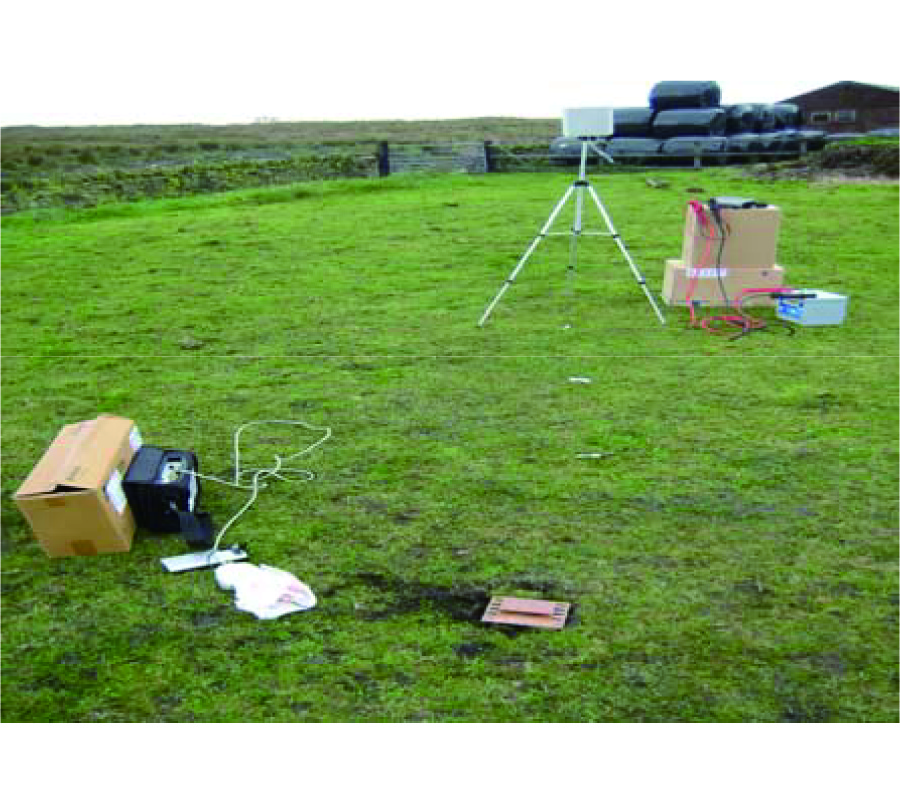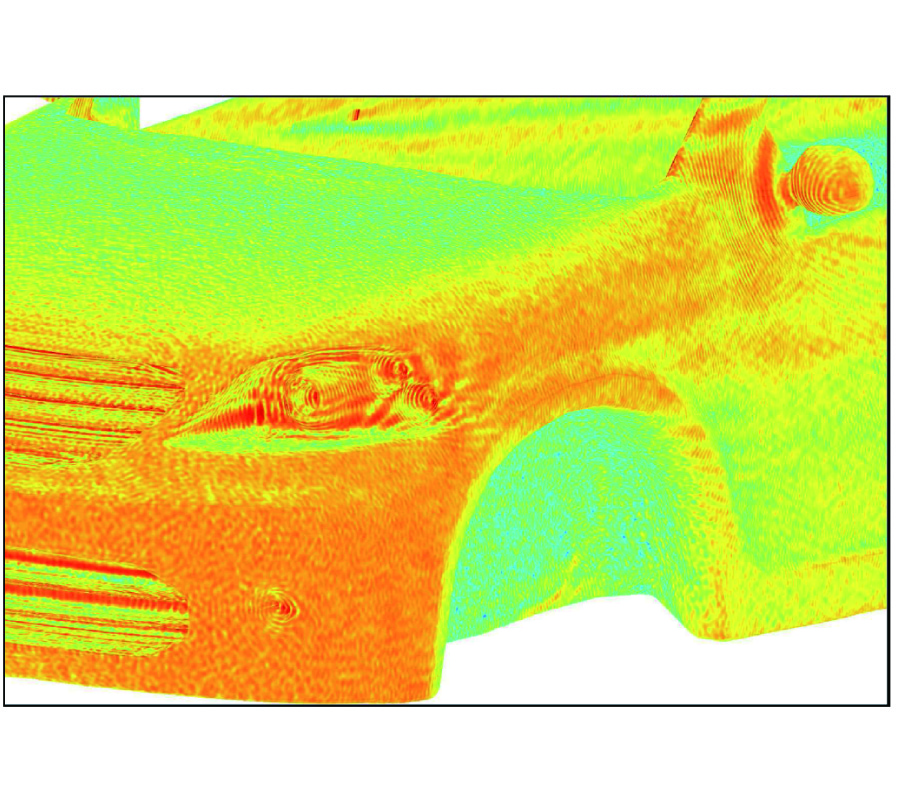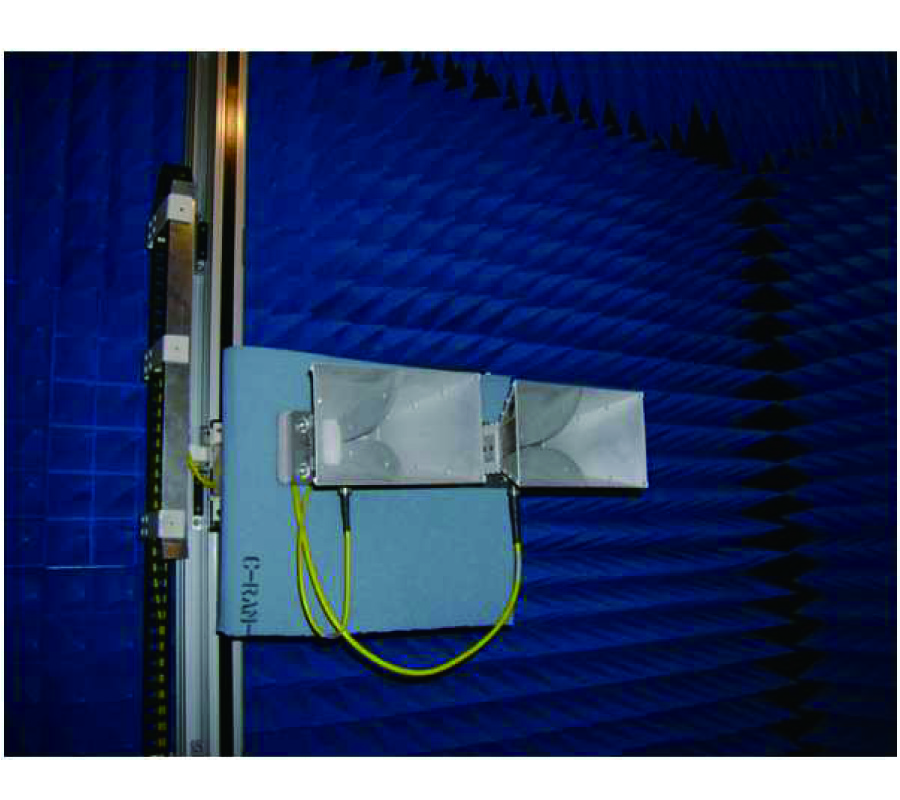2010-07-03 Latest Published
By Fei Chen
Qiang Shen
Lianmeng Zhang
Progress In Electromagnetics Research, Vol. 105, 445-461, 2010
Abstract
Silicon nitride (Si3N4) ceramic is a promising ultra-high speed (> 5 mach) broadband (1-18 GHz) radome material because of its excellent high-temperature resistance, good mechanical and dielectric properties. Si3N4 ceramics with A-sandwich wall structure are successfully applied to passive self-direction high transmission efficiency broadband radome (1-18 GHz). In the present study, a novel graded porous wall structure for broadband radome is promoted. The feasibility of using this structure is carried out by a computer aided design for the wall structure based on the microwave equivalent network method. By optimizing the layer number (n), structural coefficient (p), thickness (d) and dielectric constant (ε) of each layer, the power transmission efficiency at 1-18 GHz of graded porous Si3N4 ceramic radome is calculated. Si3N4 ceramics with graded porous structure are then prepared according to the design. The prepared sample exhibits a good graded porous structure with the porosity range from ~ 2% to 63%. The tested power transmission efficiency at 1-18 GHz for the obtained sample matches well with the calculation results, indicating that the graded porous structure is feasible for the broadband radome application.
























